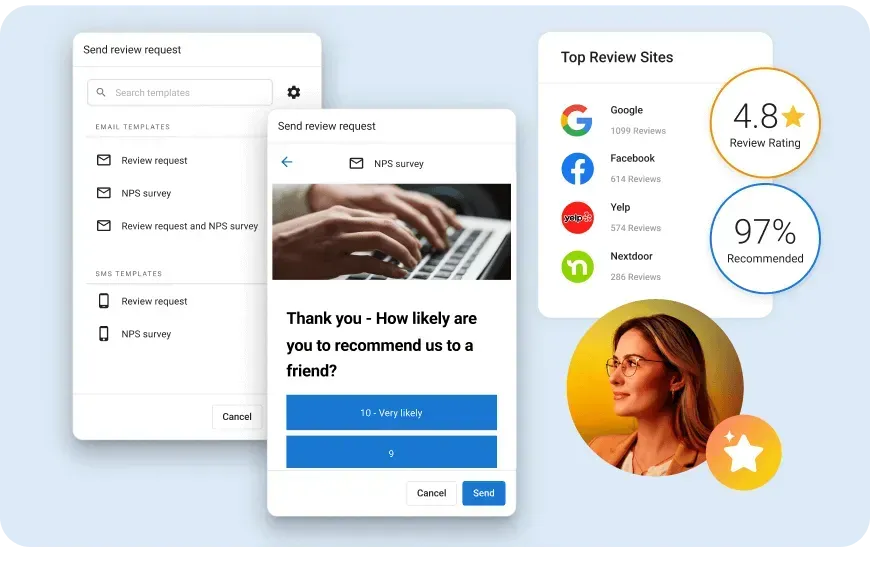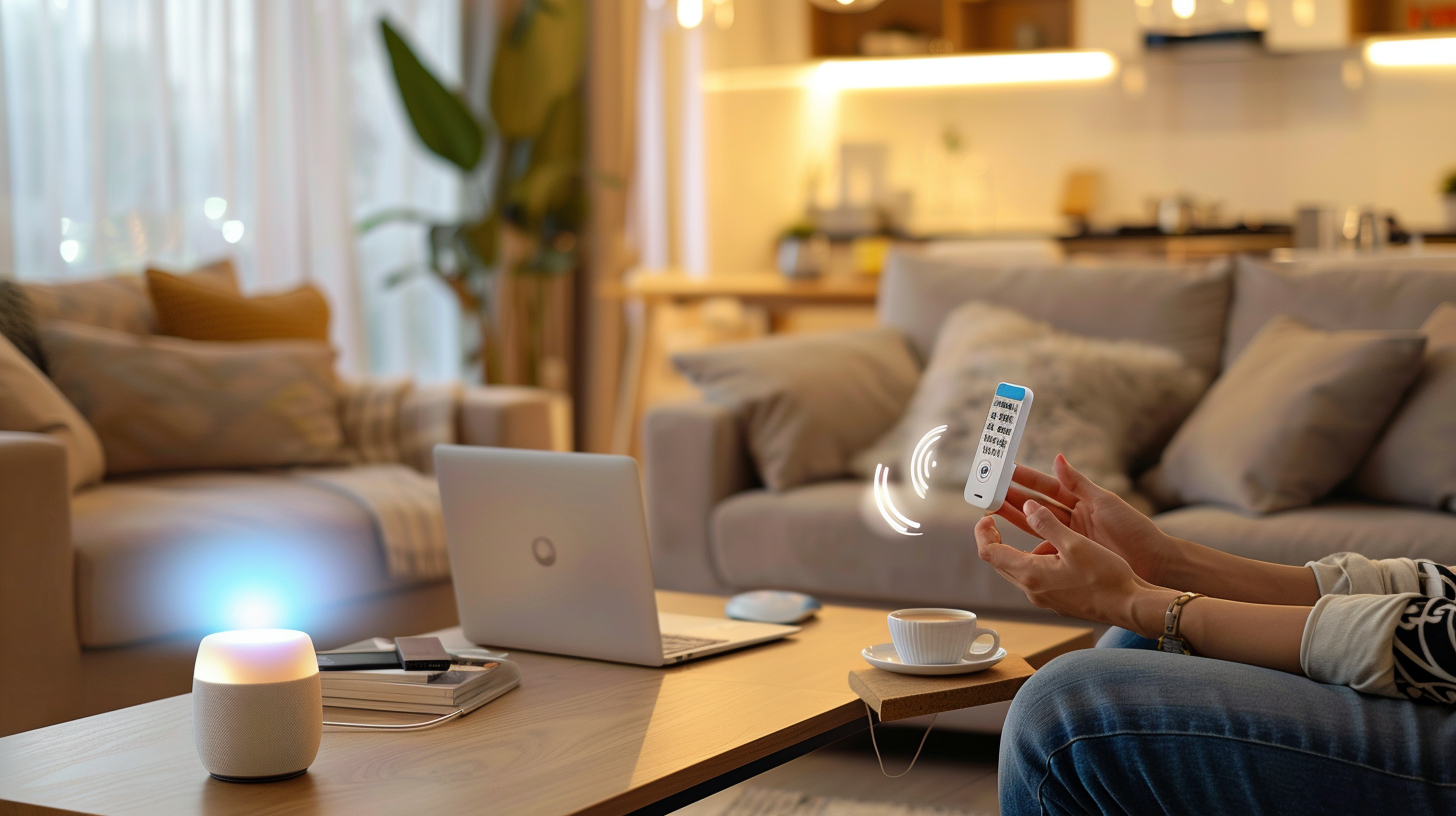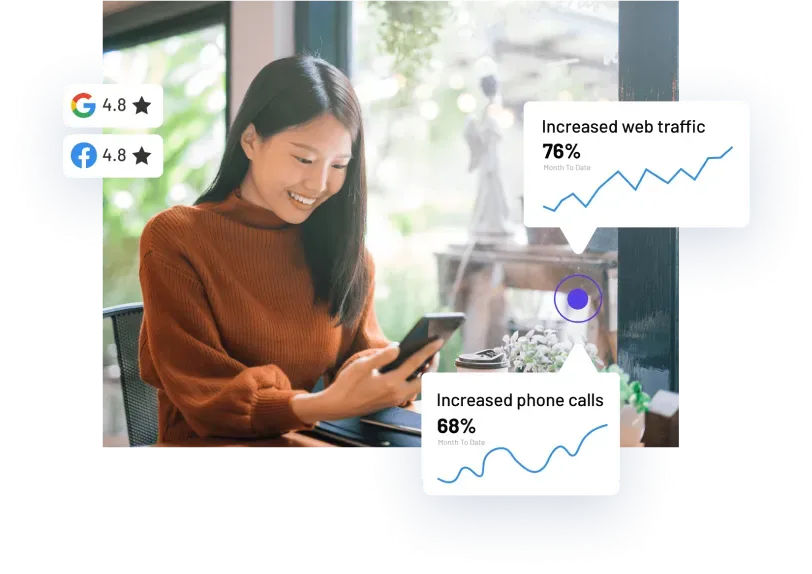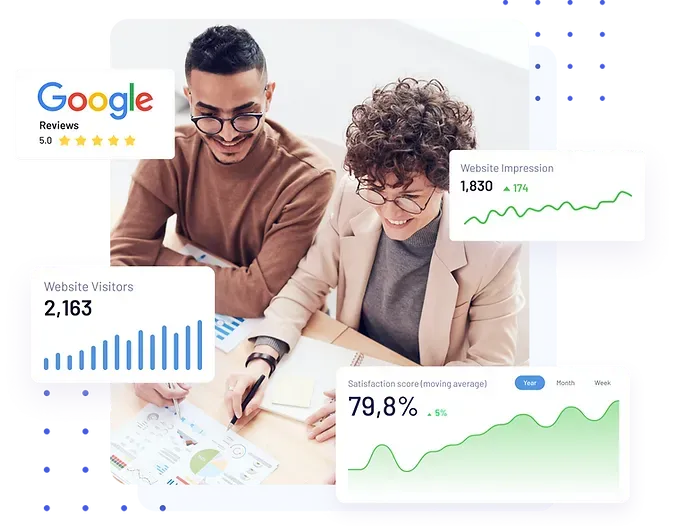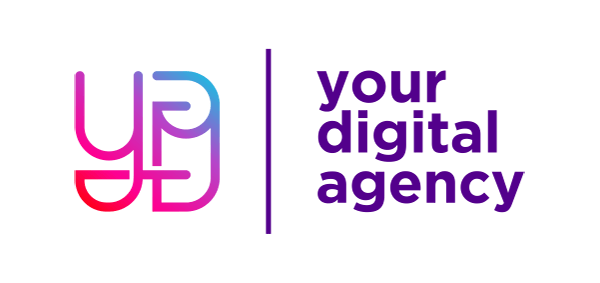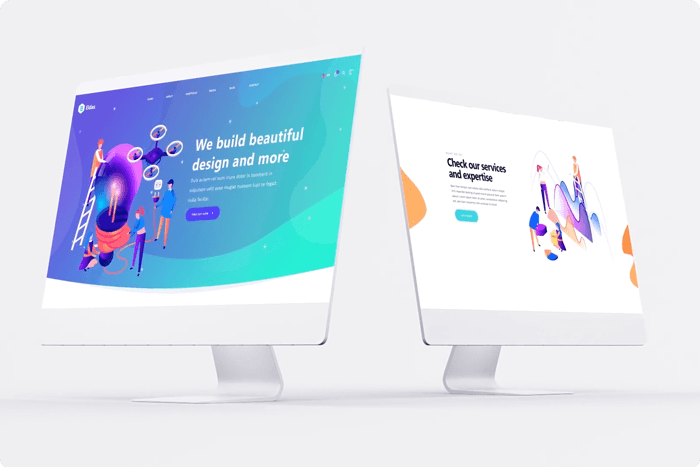7 WAYS TO REDUCE BOUNCE RATE

Whether you're trying to sell a product or make a name for yourself online, the point of any website is to attract internet traffic. But what if your visitors decide they've had enough after only glancing at your landing page?
High bounce rates can seriously hurt your website's conversion rate and limit its ability to grow. Keep reading below to understand what is bounce rate and what you can do to reduce it in your site.
What is bounce rate?
The bounce rate is a metric that measures the percentage of users who land on any of your site's pages and leave without having visited other pages on the same domain.
Having a high bounce rate often means you don't have an enticing landing page that promotes user navigation. That being said, a site's bounce rate is best understood when compared with other useful metrics, such as dwell time and scroll depth.
So, what can you do to optimise your website's bounce rate?
Optimise page load time
It's easy to assume that a high bounce rate is caused by unengaging content. However, the truth is that if your page takes forever to load, you could be driving away possible customers before they've had the chance to see your products.
According to research carried by Akamai Technologies, more than 47% of users expect a site to load in two seconds or less. A fact which is especially true for mobile versions, as even a speed delay on only 500 milliseconds can decrease engagement by as much as 8%.
Improve your content's readability
As you can guess, poor user experience is one of the leading causes behind high bounce rates. If your content is unreadable, either due to bad grammar or formatting, then chances your visitors will run for the hills. After all, who has time to waste on a when the internet is full of more exciting pages?
Optimise your site for readability and make sure you got the basics covered. Don't use large blocks of text which could scare readers away. Instead, use an easy-to-read format in your posts, use subheadings and bullet points as often as you can, insert attractive images and charts where appropriate, and make use of a conversational and engaging style in your writing.
Have a clear call to action
Whether a visitor leaves or stays is decided in a matter of seconds. That's why your site should explain what you're selling as soon as it finishes loading.
When building your content, never leave your call to action at the bottom of the page where users will have to scroll down to see it. Instead, make it the focus of attention of your page and write it so your visitors know exactly what steps they should take to get the products they need.
Target abandoning users
Despite your best efforts, a percentage of your visitors will always leave without seeing any other page. That's just a fact of life. However, you can increase the chances of making a sell or turning them into subscribers by using exit intent advertisements.
Using an exit intent popup, you can track when a visitor is about to leave and display a targeted message at that precise moment. This message could contain a discount code, to convince the user to finish a sale, or a subscription invitation, which would allow you to send the customer relevant offers.
Show social proof
Consumers seem to be getting savvier by the day, meaning you'll need more than sweet talk to make a sale. Research shows that, after deciding which product they want, consumers often lurk around to find out what previous clients have to say about your site.
You can make users comfortable with trusting you their money and information by proudly displaying what your clients and review sites have to say about you. Don't forget to put time into making your site as secure as possible, as this makes people feel at ease when handing out their credit card and personal information.
Blog consistently
Blogging new material every week is a good SEO practice. Not only does it generate a steady supply of leads, as in 126% more than if you didn't blog, according to HubSpot, but also builds the trust necessary to convert new visitors into repeat visitors.
Once your bounce rate starts falling and your repeat visitors exceed new visitors, you'll begin to see a notable improvement in your conversion rate, especially if you are continuously pumping powerful, engaging material that is relevant to them.
Reword your product pages
Writing product descriptions is an art form. Go into too much detail, and you risk confusing your readers. On the other hand, put too little information, and they'll feel they don't know enough to make a purchase.
Bounce rates for product pages are usually higher than average. However, if you're noticing that you're not making enough conversions, try testing whether adding more information helps. Some of the key things your visitors might want to know include where was the product manufactured, what's your return policy, and what are your customers saying about the product.
So those where seven ways to reduce your bounce rate and increase your conversions. It is important to remember that when optimising your site, you should build it using high-quality content.
Don't just focus on the metrics, but rather create a site which offers a seamless navigation experience, useful content, quick loading speeds, and attractive product pages. Do that, and you'll see how quickly your site starts to grow once word of mouth from your faithful visitors spreads.
